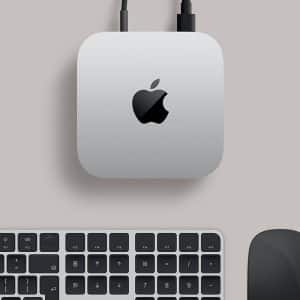In a revealing interview, Apple’s Senior Vice President of Hardware Technologies, Johny Srouji, and the Senior Vice President of Hardware Engineering, John Ternus, opened up about the monumental shift in Apple’s approach to chip design. The discussion, which aired recently, highlighted how Apple has moved from relying on external technologies to developing in-house components, a strategy that has been evolving over the past 20 years.
Srouji and Ternus described this change as not just a technical advancement, but as a strategic realignment of the company’s product development process. Traditionally, Apple’s design team worked within the constraints of available technologies from other companies. Now, the focus has shifted to developing technologies in-house, particularly silicon chips, which sit at the top of the Cupertino firm’s priorities.
The shift towards in-house design allows Apple’s teams to create more integrated and optimized products. Srouji emphasized that this approach provides the designers with the freedom to tailor the silicon exclusively for Apple’s products, ensuring no compromise in design and focus. This change, they believe, is something that the typical Apple customer is aware of and values.
The interview also touched upon Apple’s partnership with Taiwan Semiconductor Manufacturing Company (TSMC) and the introduction of 3-nanometer chips in Apple products. Srouji expressed confidence in TSMC’s capability to meet Apple’s volume requirements and highlighted the importance of diversifying supply chains across Asia, Europe, and the U.S., especially considering the geopolitical tensions that could impact production in Taiwan.
Despite the long-standing relationship with TSMC, Apple remains open to exploring other options, ensuring that any potential partners align with Apple’s standards and can accommodate the company’s specific requirements. The overarching aim, as stated by Srouji, is to continue producing the best chips for the best products, a goal that guides Apple’s strategic decisions and planning.

This strategic pivot to in-house chip design is not just a technical upgrade. That’s because it also signifies a broader transformation in Apple’s approach to technology and product development, positioning the company for continued innovation and leadership in the tech industry.








